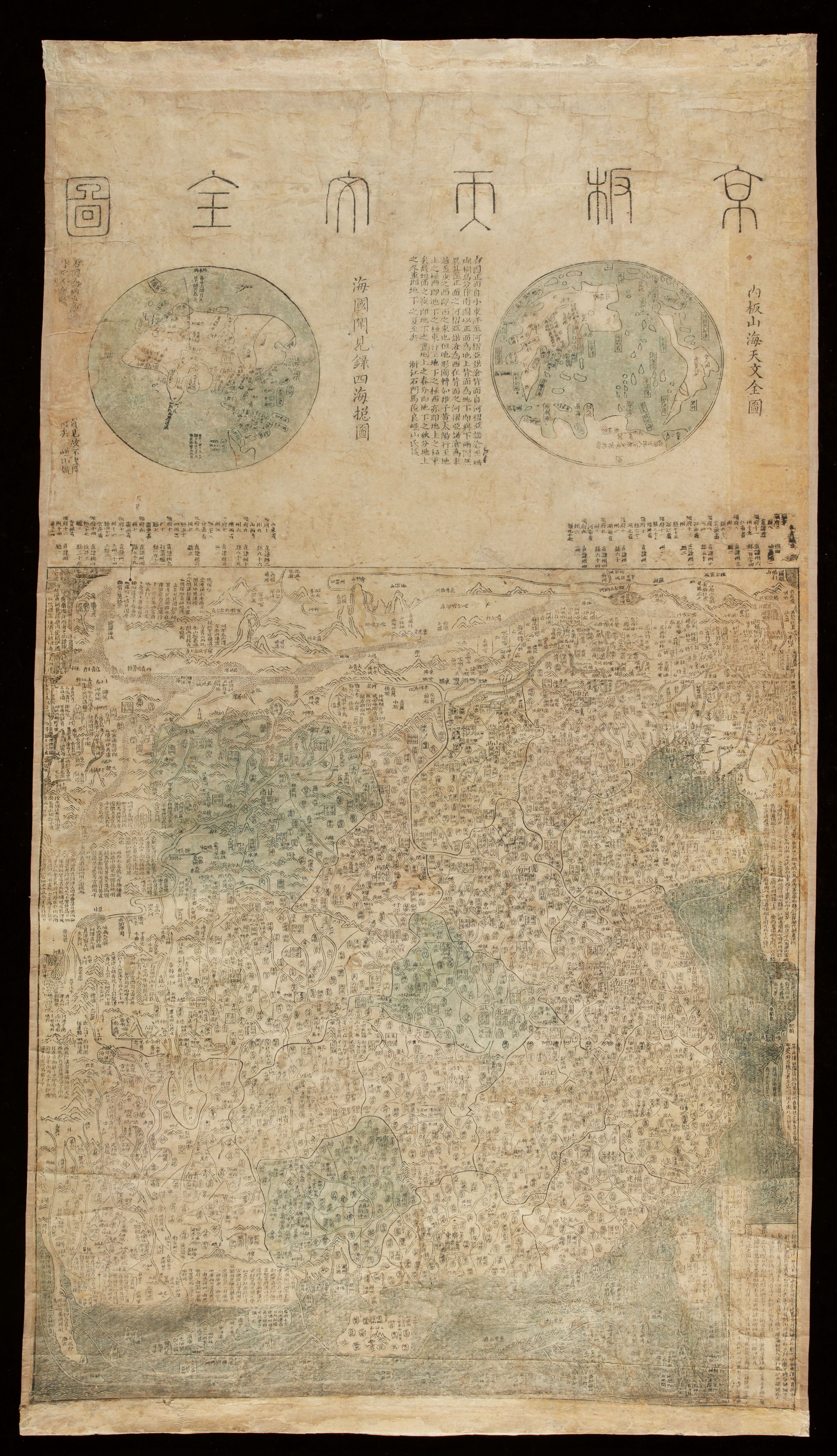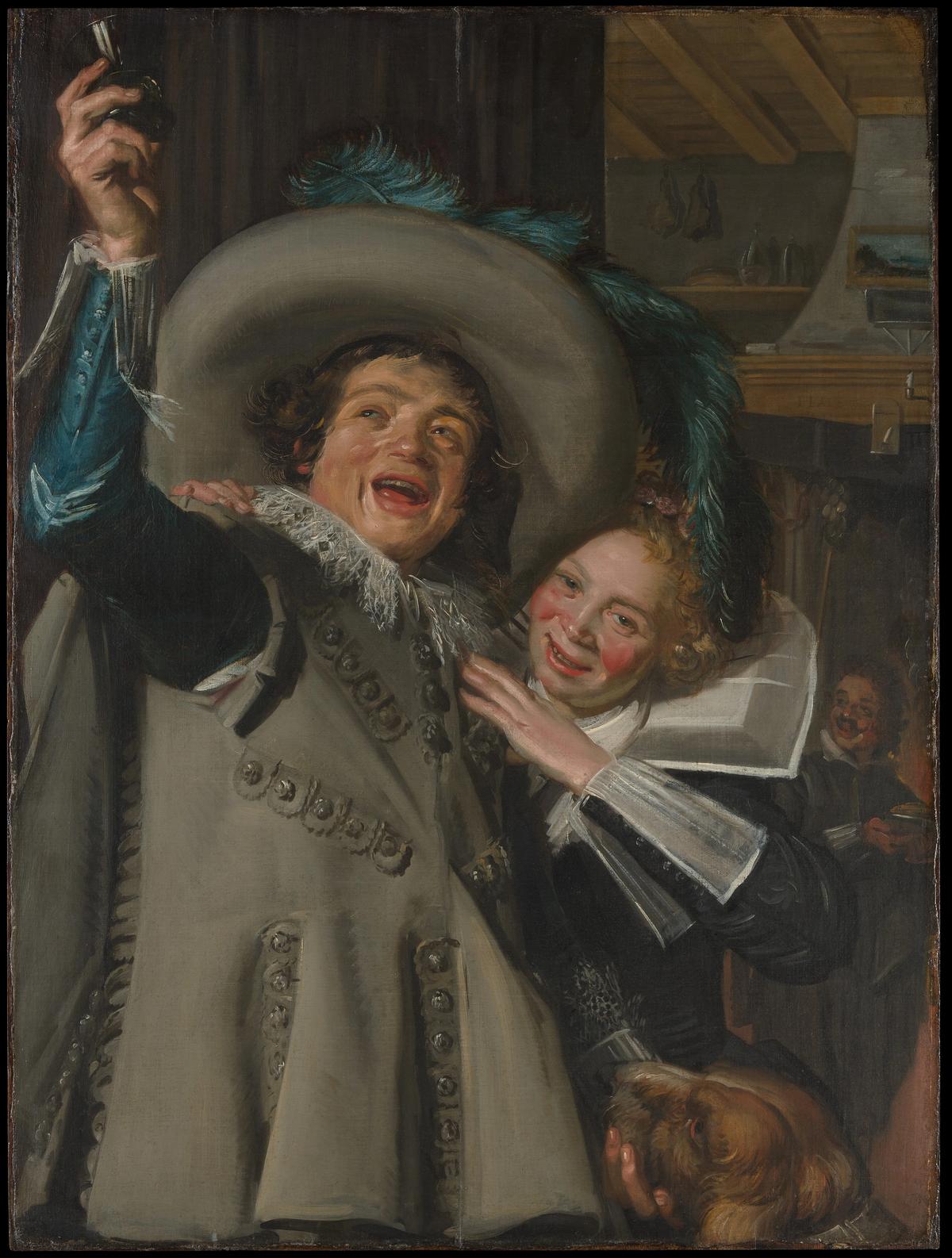New Yorkers ready to get into a Maastricht state of mind should stop by In Praise of Painting: Dutch Masterpieces at The Met at the Metropolitan Museum of Art (until 1 October 2020), which brings together nearly 70 works from the museum’s permanent collection, including significant pieces by Rembrandt, Frans Hals and Johannes Vermeer. The exhibition, which is staged in the Met’s lower-level Robert Lehman galleries, came from the need to display some of these masterworks while the museum’s European paintings galleries undergo renovation this year, according the assistant curator Adam Eaker. Regular visitors, however, can still anticipate some new discoveries. The Met holds the largest collection of 17th-century Dutch painting outside of Europe and various works in the show—such as Gerard de Lairesse’s monolithic 1671 painting Apollo and Aurora—have not emerged from storage since 2008, when the Met exhibited its entire collection of Dutch paintings in the celebrated show The Age of Rembrandt.

Ma Junliang, capital edition of a complete map of the world based on astronomy (Jingban tianwen quantu), China, Qianlong period, around 1780–90 Private Collection. Photograph courtesy of Sotheby's
With US-China relations commanding headlines, the Asia Society exhibition A Complete Map of the World: the 18th-century Convergence of Europe and China (until 5 May) feels particularly relevant. The show is part of the museum’s In Focus programme, a refreshing series of concise, enlightening shows built around one important work of art—in this case, a rare woodblock print map made around 1780-90, Jingban tianwen quantu, by the Chinese scholar and mapmaker Ma Junliang. The document—literally another perspective of the world—combines three maps: smaller, historical round maps from Asian and European sources, and a large map with the Qing dynasty empire, which has deserts, rivers, travel routes and even the Great Wall of China. The map leads a discussion about the relationship between China and Europe in the 18th century, including the presence of Jesuits in China, and the Chinese appropriation of European art techniques, and is complemented by a small selection of snuff bottles and glassware. Europeans become the exotic, foreign others in these works, like a painted enamel on copper snuff bottle from the Qing period (around 1736-95) that shows a maiden and a little boy.
And you can step into the weird world of a late Italian avant-garde artist, underappreciated for most of her seven-decade long career, at Lévy Gorvy’s exhibition Carol Rama: Eye of Eyes (until 23 March). Organised by the curator Flavia Frigeri, the show illuminates the “artistic landscape Rama occupied”, the gallery’s release says. For instance, though Rama rarely left her hometown of Turin, Frigeri’s archival research has found catalogues from Turin shows by artists such as Meret Oppenheim, Francis Bacon and Hans Bellmer that she must have visited. Rama’s raw and singular pieces also speak loudly for themselves: bizarre, erotic watercolours, like Dorina (1944) in which a snake penetrates a woman’s vagina; or mixed-media pieces that have objects like creepy dolls’ eyes or bicycle tyre rubber; or a work of rice and black tar on canvas, which gives an almost cosmic sentiment. Some works get to breathe on their own, while others cluster together in a corner in an almost anxiety-provoking way, reflecting the frenzied, feverish nature of Rama’s work.


